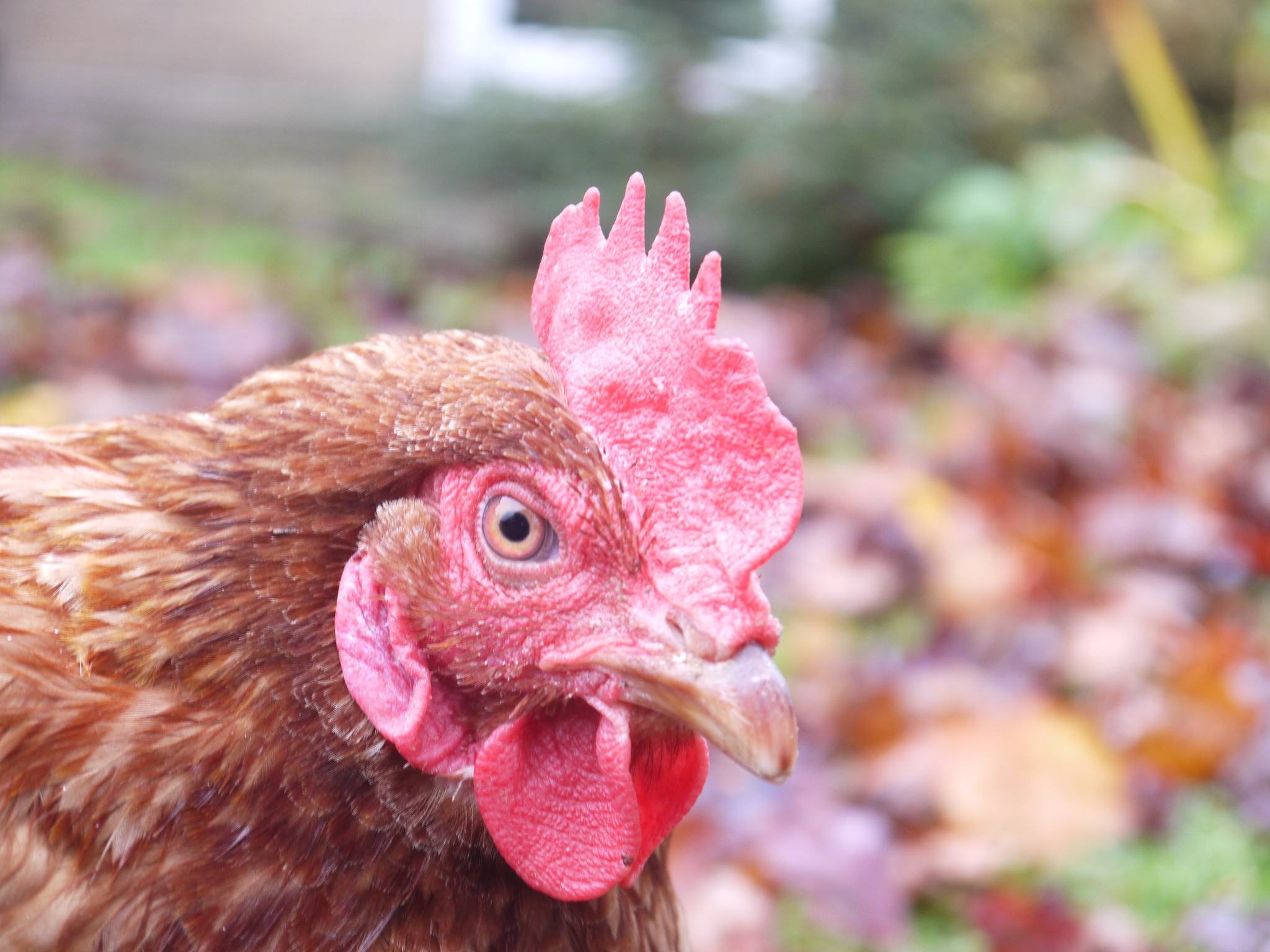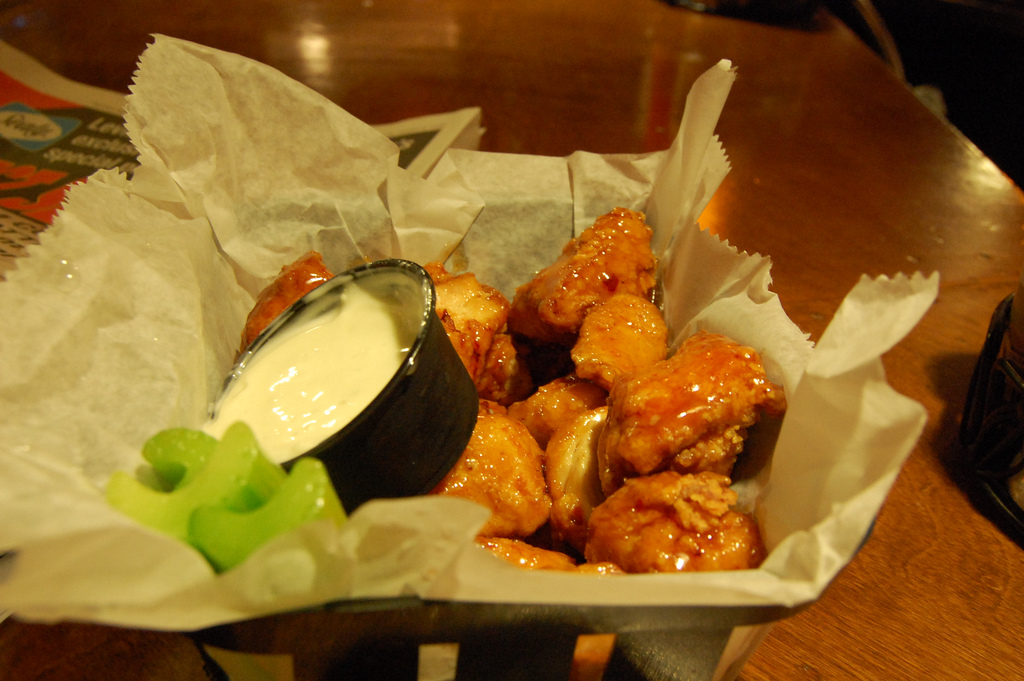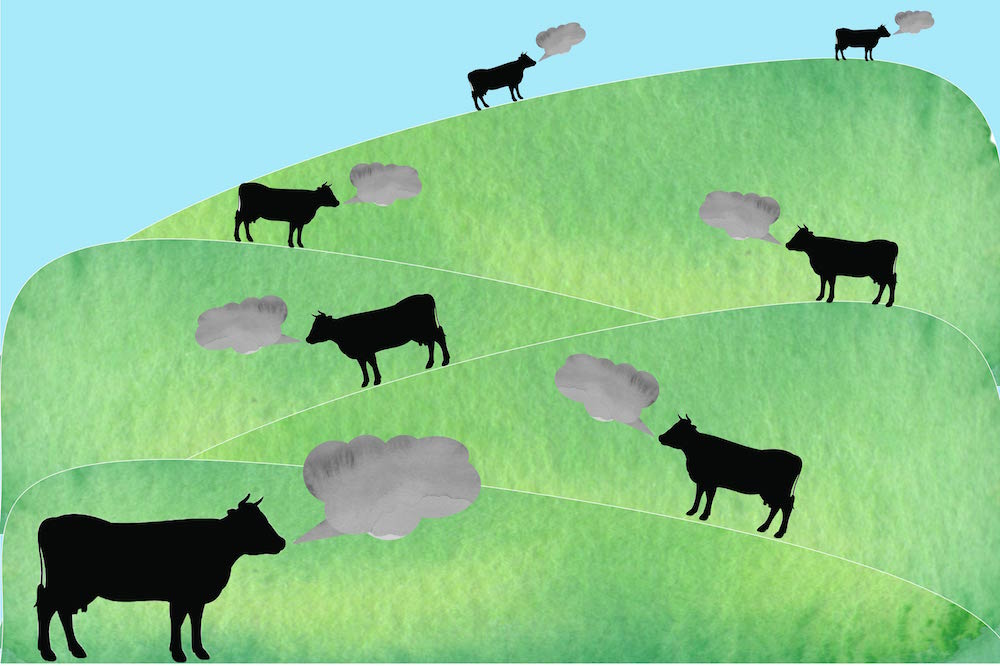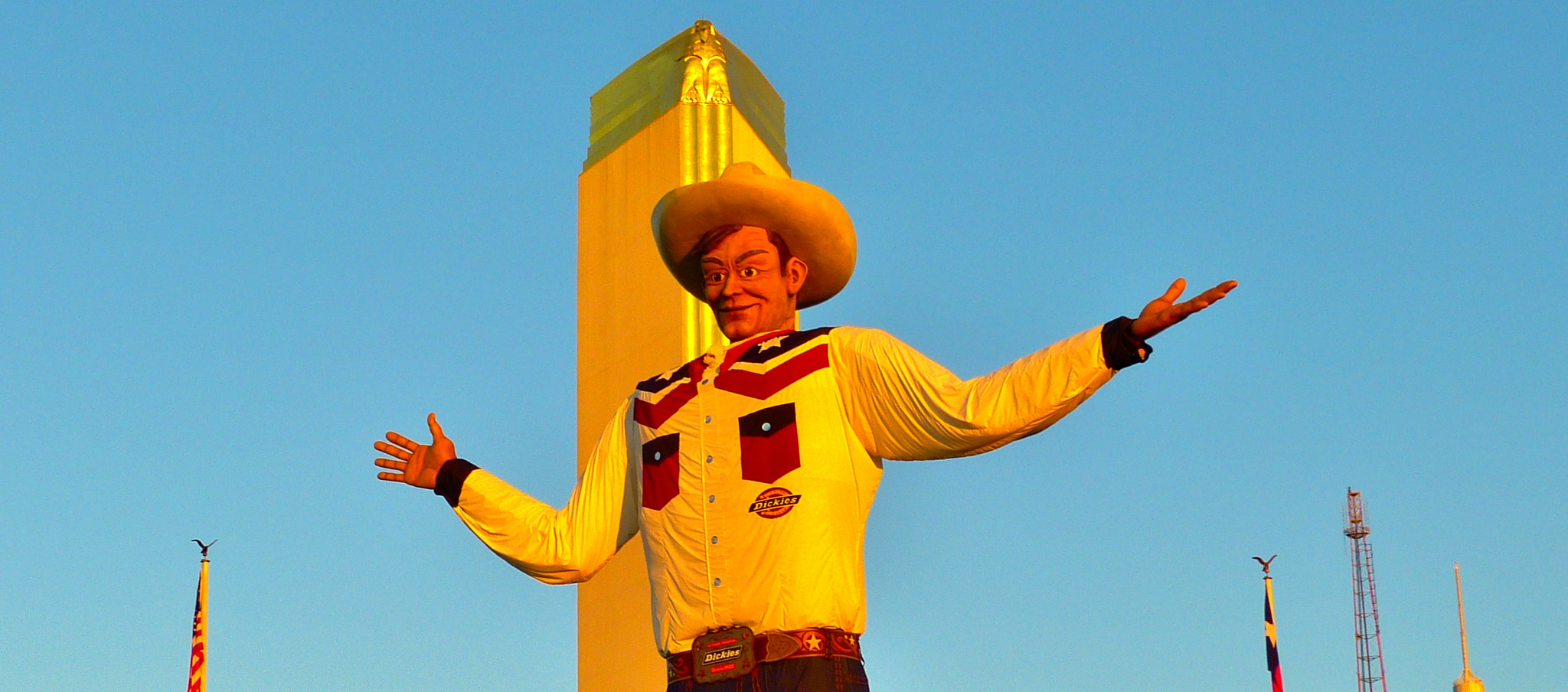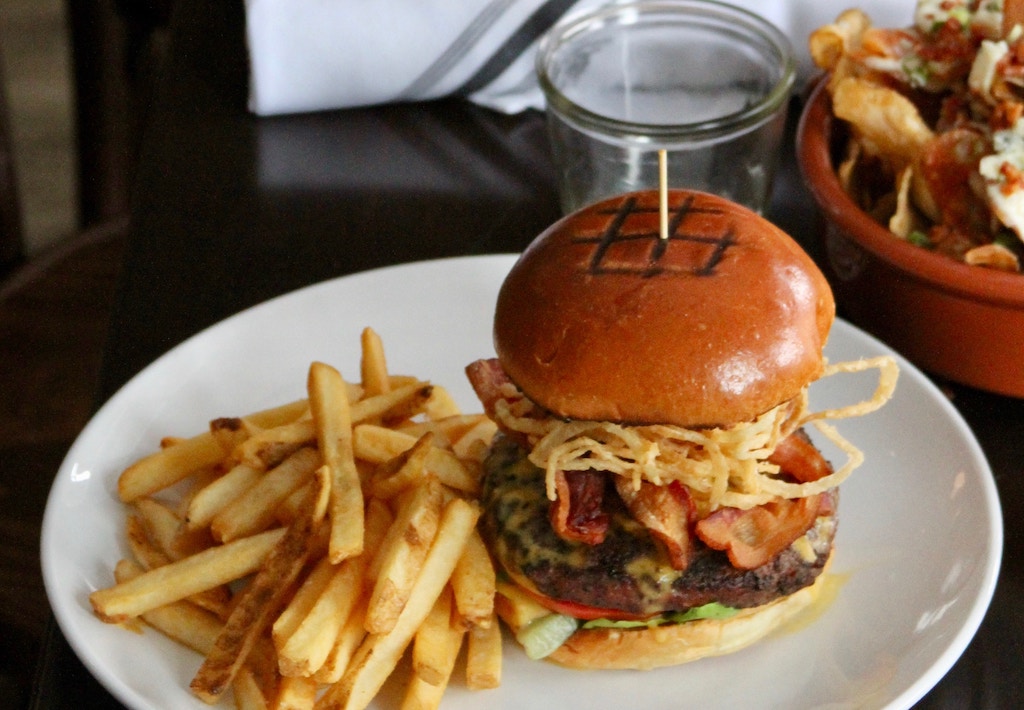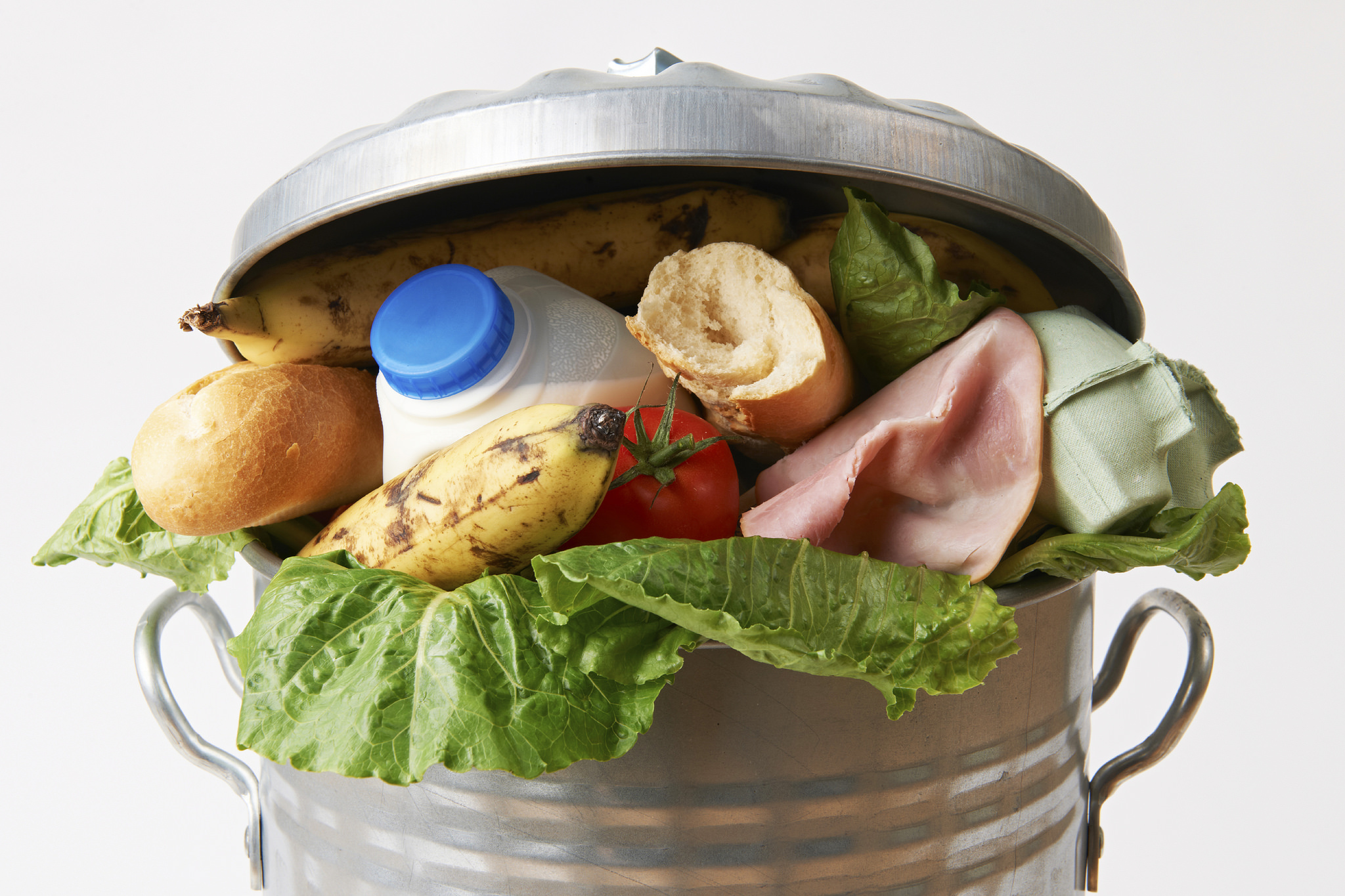Chinese insurance-tech firm ZhongAn is betting consumers will pay extra to see what their chicken dinner has eaten, how many steps it took while it was alive, and where, exactly, it grew up. The “gogochicken” program, which launched in June, lets users view details about an individual chicken’s life using blockchain technology. Someday soon, the company says, it plans to add facial recognition to its program, meaning customers may one day be able to get snapshots of their bird as it grows up.
Here’s how it works: A customer buys a chick four to six months before they’d like to roast it for supper. Soon after birth, the chicks are fitted with a GPS-enabled ankle bracelet that tracks the animal’s exercise, location, and food consumption habits. Customers can then monitor their growing chicken’s progress through a smartphone app as it scratches around in the dirt and pecks at bugs. It’s essentially a FitBit for the feathered set.
According to the South China Morning Post, ZhongAn has already outfitted 100,000 chickens with the bracelets. The company is hoping the country’s agrotourism trend will prove fertile ground for its baby-to-barbecue surveillance marketing; so far, it told the Post, the gogochicken project is forecasted to break even in the near future. Over the next three years, the company plans to expand its operations to total more than 23 million chickens.
The chicken cams and blockchain technology are ostensibly designed to usher in a golden era of consumer trust in farming practices—track a bird all its life, the logic goes, and you can’t possibly be betrayed by cramped living conditions or any other unappetizing livestock-industry tropes. A tracked bird is a safe bird, a tracked bird is an ethically-raised bird.
The business setup sounds pretty similar to America’s contract farming system, which has often been criticized for setting farmers up for failure. But perhaps ZhongAn will be able to achieve its lofty goal of drawing rural residents out of poverty while still making money on gamifying the farming process. In the meantime, consumers will probably just be watching the chicken cams.
